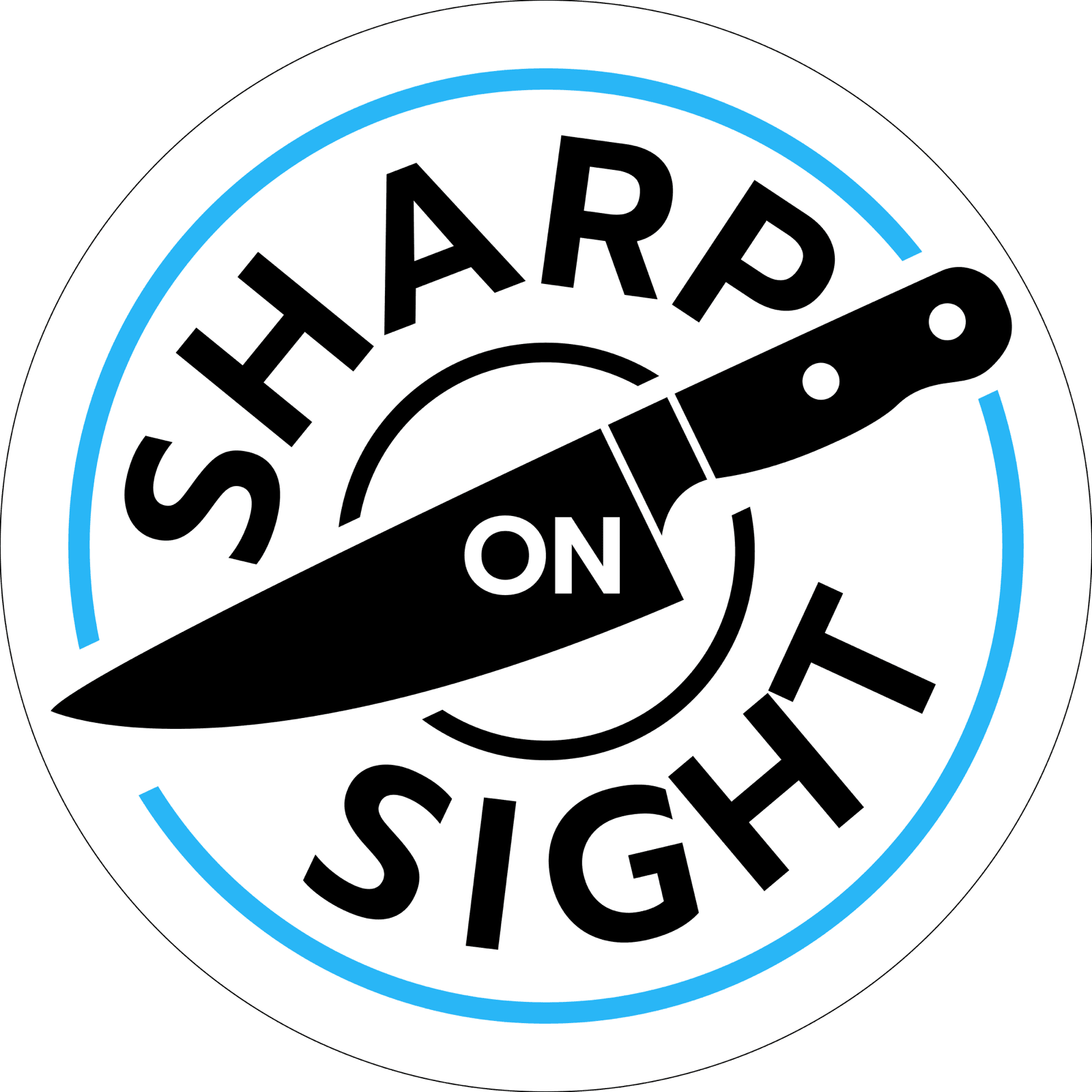The Art and Science of Sharpening Knives: A Comprehensive Guide

In the world of culinary arts and beyond, the importance of keeping knives sharp cannot be overstressed. It's a fundamental practice that goes beyond mere tradition, touching on aspects of efficiency, safety, and the enjoyment of cooking and crafting. But why sharpen knives? This question opens up a fascinating exploration into the art and science behind knife sharpening, revealing the multifaceted benefits of maintaining a sharp edge on your tools.
The Importance of Sharpness
At its core, a knife is a tool designed to cut. The efficiency and ease with which it performs this task depend largely on the sharpness of its edge. A sharp knife requires less force to cut through food, which directly translates into better control and precision in slicing, dicing, and chopping. This precision is not just about making your dishes look more appealing; it's about ensuring uniform cooking times and enhancing the texture and taste of the food.
Safety: A Counterintuitive Truth
Contrary to what some might think, a sharp knife is significantly safer than a dull one. It might seem counterintuitive, but the reasoning is sound. A dull knife requires more force to cut through food, increasing the risk of the knife slipping and causing an injury. In contrast, a sharp knife glides through food with minimal effort, allowing for greater control and reducing the chances of accidents. This aspect of knife sharpening is especially crucial in professional kitchens where speed and efficiency are paramount, but it's equally important in the home kitchen.
Prolonging the Life of Your Knives
Sharpening your knives is also a matter of preserving your investment. High-quality knives are not inexpensive, and allowing them to become dull is a sure way to shorten their lifespan. Dull blades can become damaged more easily, requiring professional restoration or even replacement. Regular sharpening, on the other hand, keeps the knives in prime condition, ensuring that they can serve their purpose for many years.
The Joy of Cooking with Sharp Knives
There's a certain pleasure in using a well-maintained tool, and knives are no exception. Cooking with a sharp knife can transform meal preparation from a chore into a joyous process. It allows for swift, clean cuts, which not only makes the process faster but also more enjoyable. This enjoyment can lead to a deeper appreciation for the culinary arts and encourage more home cooking, which is often healthier and more economical than dining out.
Understanding the Sharpening Process
Sharpening knives is both an art and a science. It involves understanding the material properties of the blade, the geometry of its edge, and the appropriate sharpening techniques to restore its keenness. The process can vary depending on the type of knife and the desired sharpness, but it generally includes three key steps: grinding, sharpening, and honing.
Grinding: Reshaping the Edge
Grinding is the first step in the sharpening process, especially for knives that are significantly dull or have damaged edges. This process involves removing a considerable amount of metal from the blade to create a new edge. It's typically done with a coarse sharpening stone or a powered grinder and requires careful attention to maintain the correct angle and preserve the knife's shape.
Sharpening: Refining the Edge
After grinding, the edge of the knife is often too rough for precise cuts. The sharpening stage smooths and refines the edge, using finer sharpening stones or tools. This step is crucial for achieving the sharpness that makes cutting effortless and is often repeated with progressively finer stones to polish the edge to a razor-sharp finish.
Honing: Maintaining the Edge
Honing is a maintenance step that doesn't remove material from the blade but realigns the microscopic teeth on the edge, keeping it sharp between more intensive sharpening sessions. Using a honing rod or steel regularly can significantly extend the time between sharpenings by maintaining the edge's effectiveness.
Choosing the Right Tools and Techniques
The tools and techniques used for sharpening knives vary widely, from traditional whetstones to modern electric sharpeners. The choice depends on personal preference, the type of knives being sharpened, and the desired level of precision. Whetstones offer the most control and can produce exceptionally sharp edges but require practice and skill. Electric sharpeners and manual pull-through sharpeners provide convenience and consistency, making them suitable for those who prioritize ease of use.
Regardless of the method, the key to successful sharpening lies in maintaining a consistent angle between the blade and the sharpening surface, applying even pressure along the length of the blade, and finishing with a thorough honing to align the edge.
Embracing the Practice
Sharpening knives is more than just a maintenance task; it's a ritual that enhances the cooking experience, ensures safety in the kitchen, and prolongs the life of valuable tools. By understanding the importance of keeping knives sharp and mastering the techniques to do so, anyone can elevate their culinary skills and enjoy the myriad benefits that come with using well-maintained knives.
In conclusion, the question of why sharpen knives finds its answer in the improved performance, safety, longevity, and enjoyment that sharp knives bring to the table. Whether you're a professional chef or a home cook, embracing the practice of sharpening your knives is a step towards greater culinary excellence and satisfaction.
Message Sharp On Sight | Local Sharpening Pros
Ready for Razor-Sharp Precision?
Whether you're looking for a quote or just have a question, I'm here to help. Reach out, and let's bring those edges back to life.
